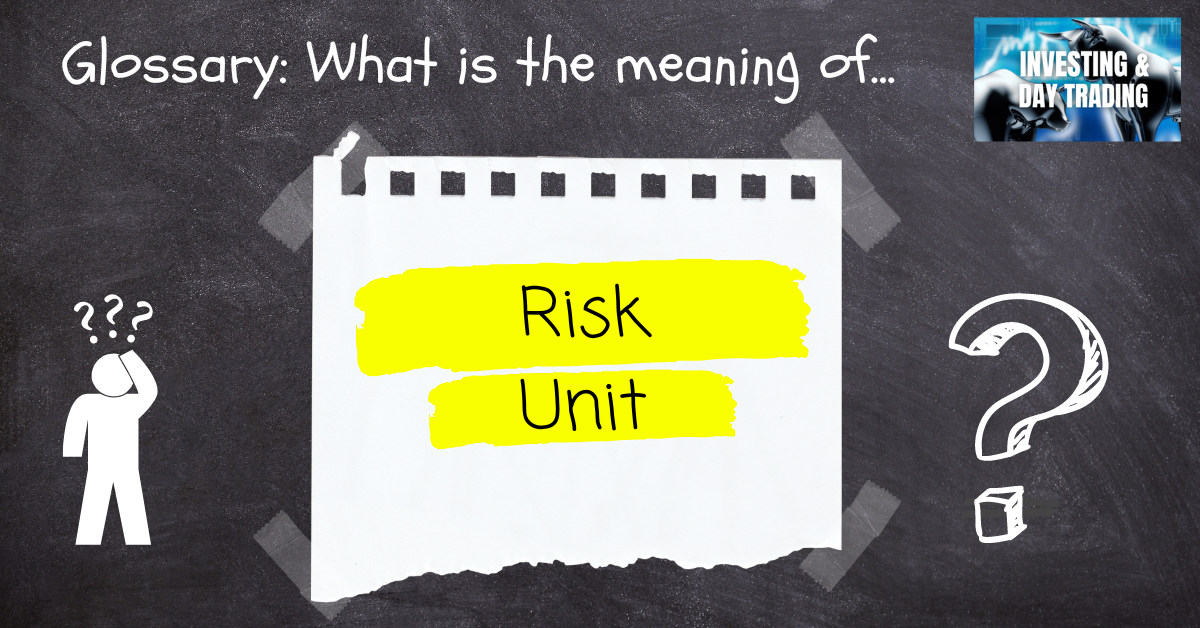The 1R risk unit is used as a neutral and objective risk measure in trading. Read here about the advantages and the correct use.
More...
The risk unit 1R measures the initial risk of a trade and makes it comparable and statistically evaluable for strategies and setups.
1R = risk in money if the trade runs into loss + spread and commissions
What do you need 1R for?
Imagine you are surfing the internet and looking at forum posts and reports about traders.
Post #1 is: "I earned 1,500 euros with this trade."
And another post #2: "My strategy has already earned 255 pips this month."
These statements sound great at first, but we don't get any actual information as to whether these are good results.
How would you rate statement #1 if you knew this person had an initial risk of 15,000 euros? Not so good.
What would you say if this person had an initial risk of 150 euros? Good trade!
And #2 is no different. If the strategy made a loss of 200 pips with 1 lot and a profit of 455 pips with 0.01 lots; then it actually made 255 pips plus, but lost money on balance.
So we need a ratio that actually expresses whether a trade was profitable and by how much.
The initial risk 1R
As described above, the initial risk 1R is the risk in my account currency, including charges and commissions, to which I am exposed in a trade.
The advantage of writing 1R is that no matter whether someone defines his initial risk with 500 euros, 1500 USD or with 10 pips, in each of these cases we will write 1R for it from now on.
The important thing here is that, from a risk point of view, the initial risk always remains the same in order to be able to trade a probability. If a trader varies this, the statement 1R no longer makes sense.
Profit expressed in R multiples
Having defined the initial risk 1R, we can now express the profit in units of R.
E.g. The trade has made a profit of 2R.
Immediately it is clear that here a good risk-reward ratio of 2 underlies the trade and there is no more uncertainty whether the trader trades sometimes a high and sometimes a low position size.
And we can compare this ratio perfectly, we know that 3R profit of a trader X is better than 2.5R profit of trader Y. Without knowing more about these traders.
That's why we always talk about 1R and multiples of R when we talk about returns and trade evaluation, so you and we know exactly what's going on and there are no misunderstandings.

